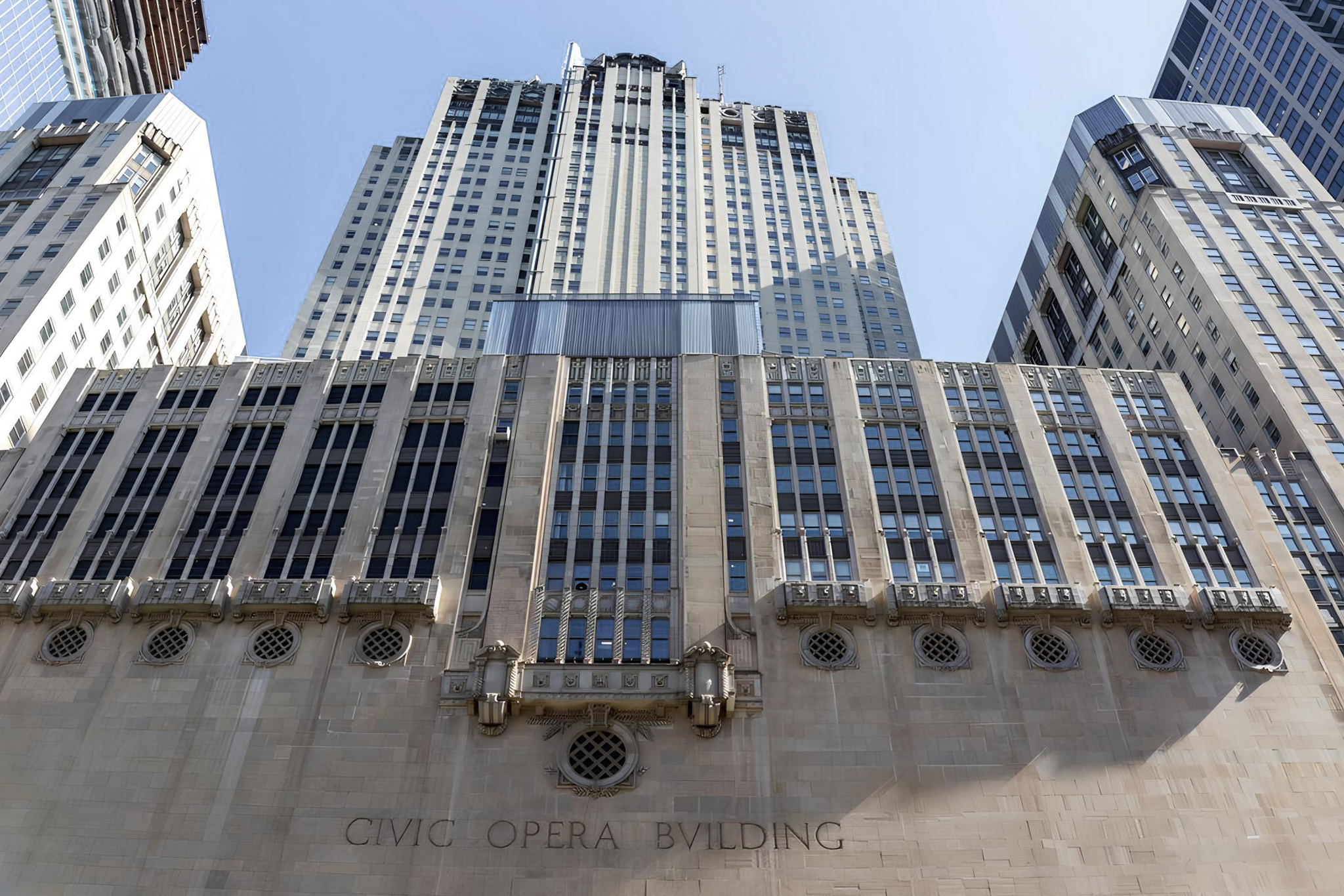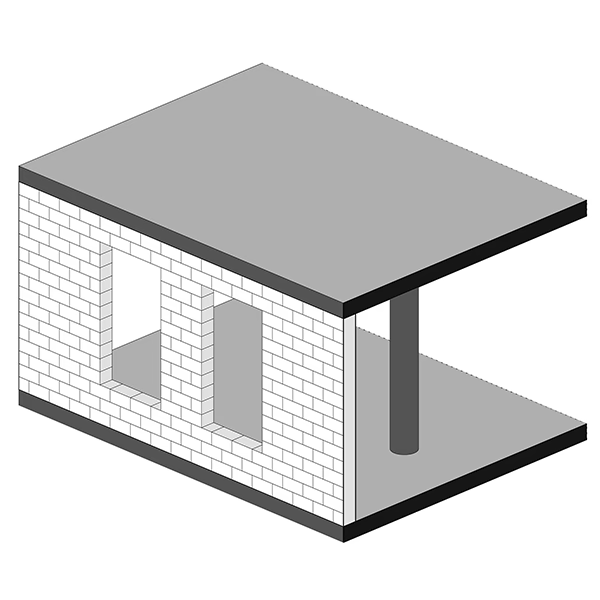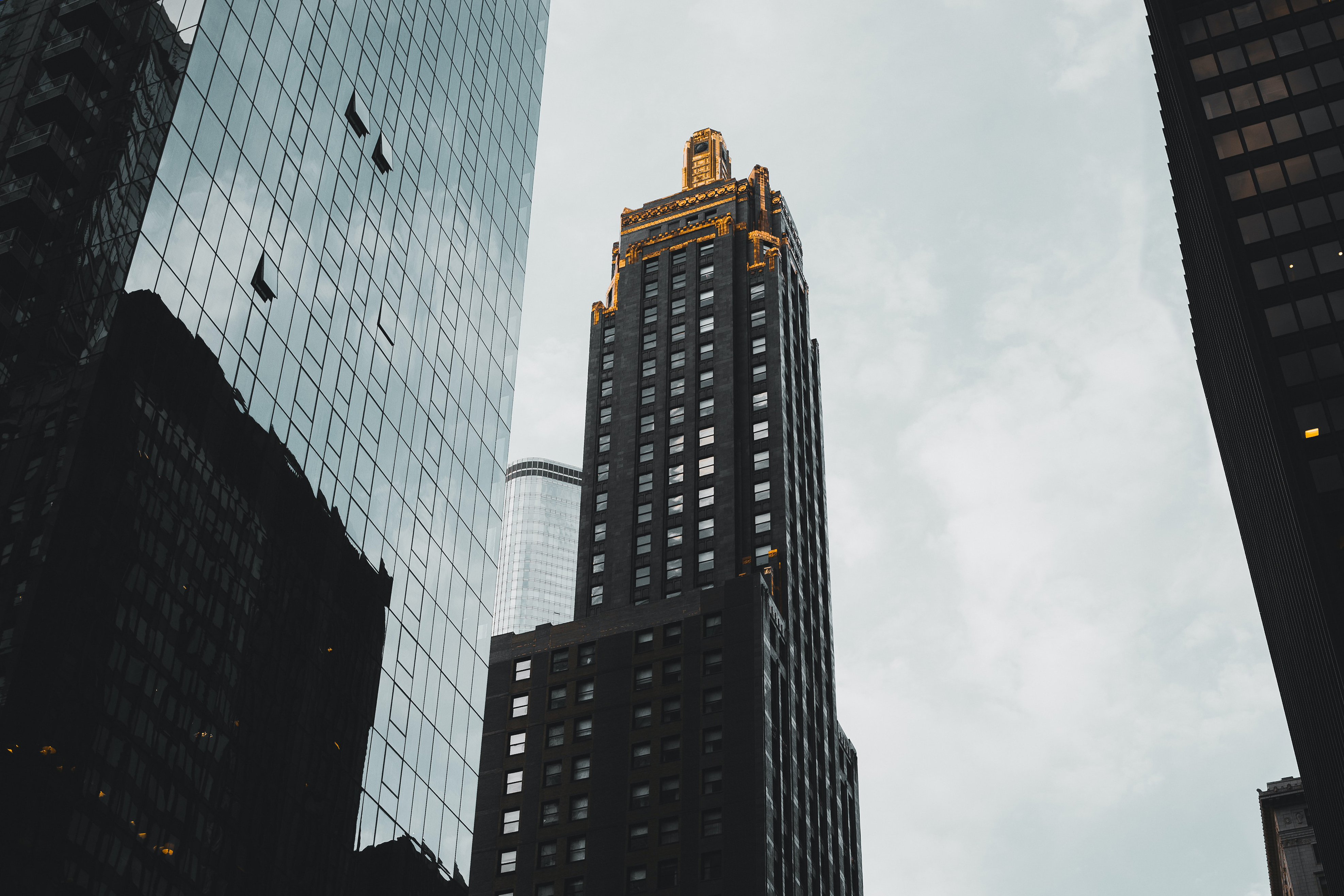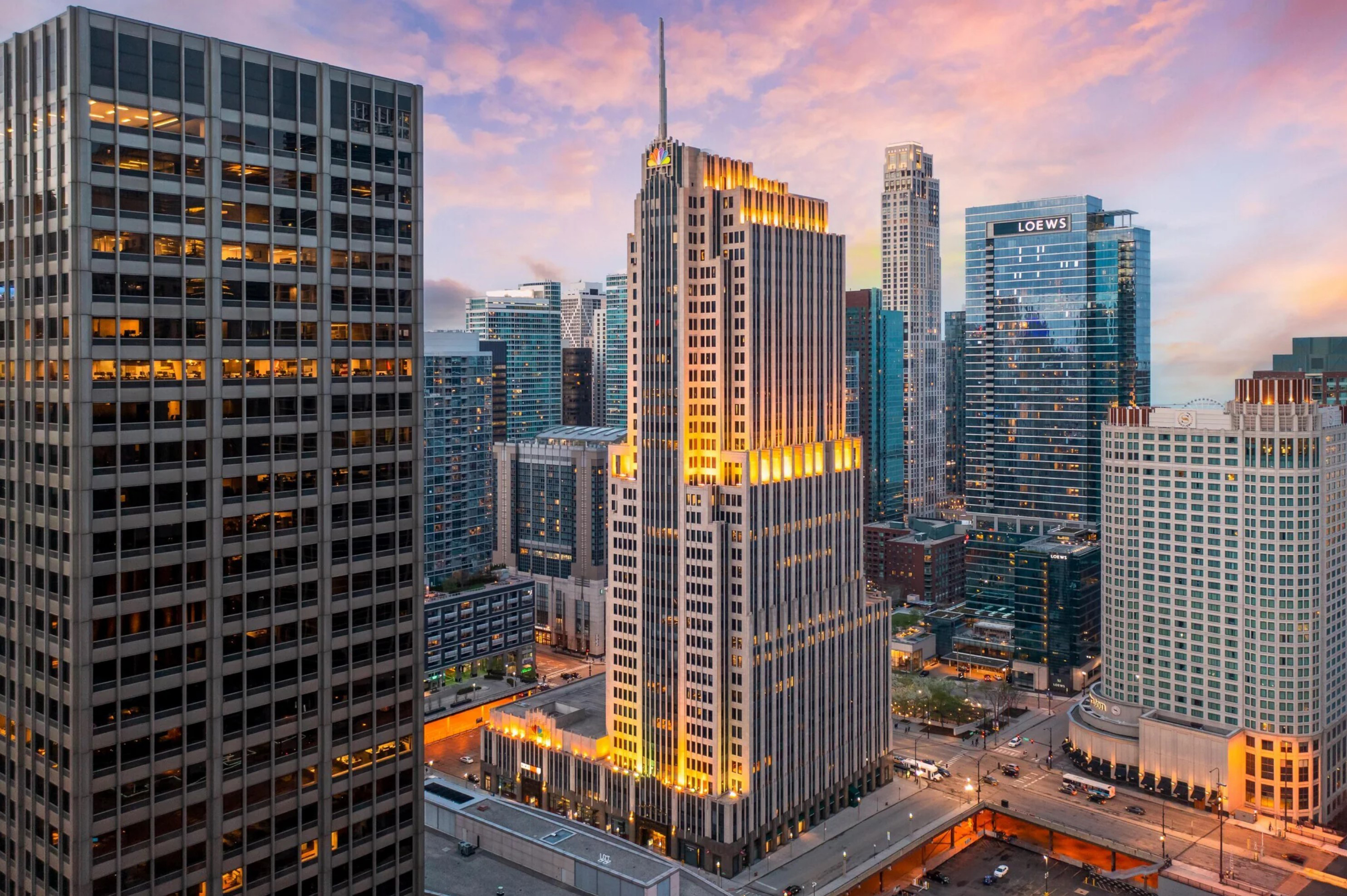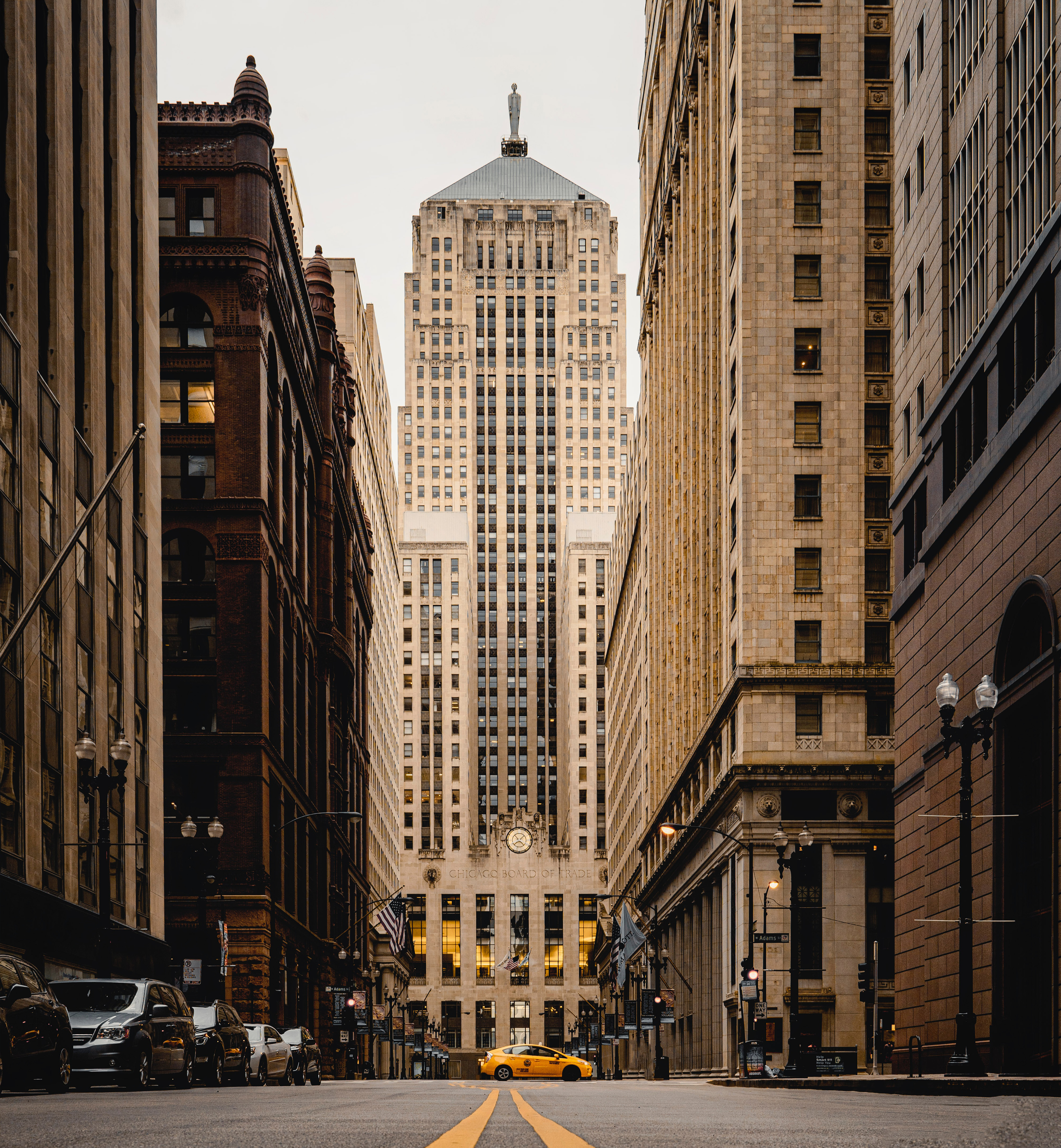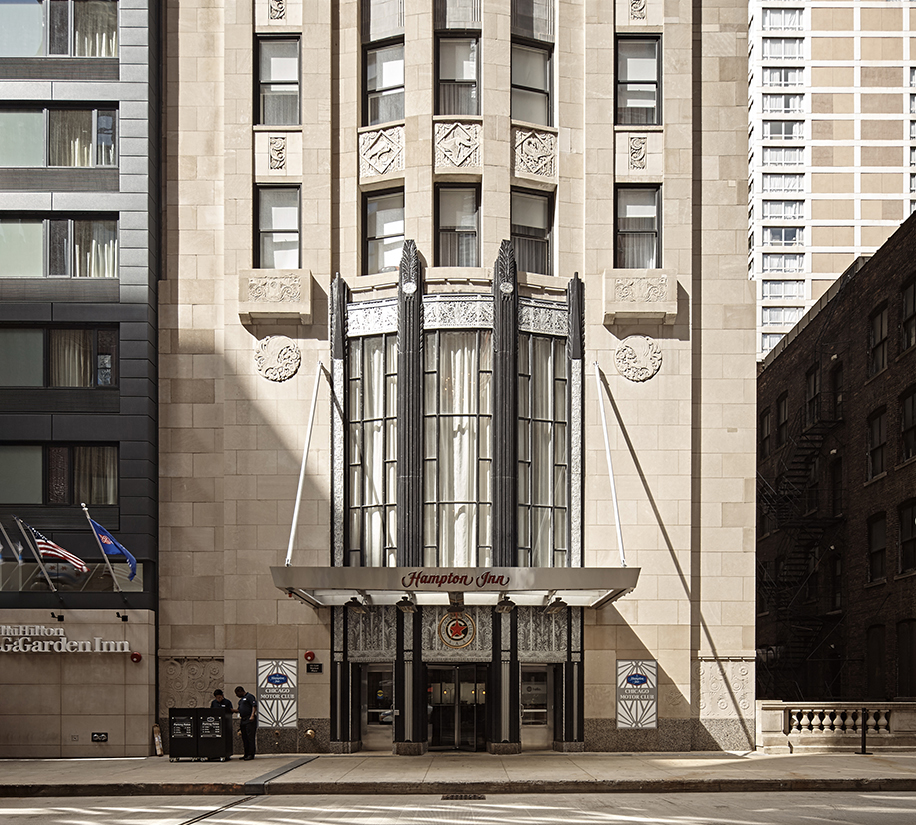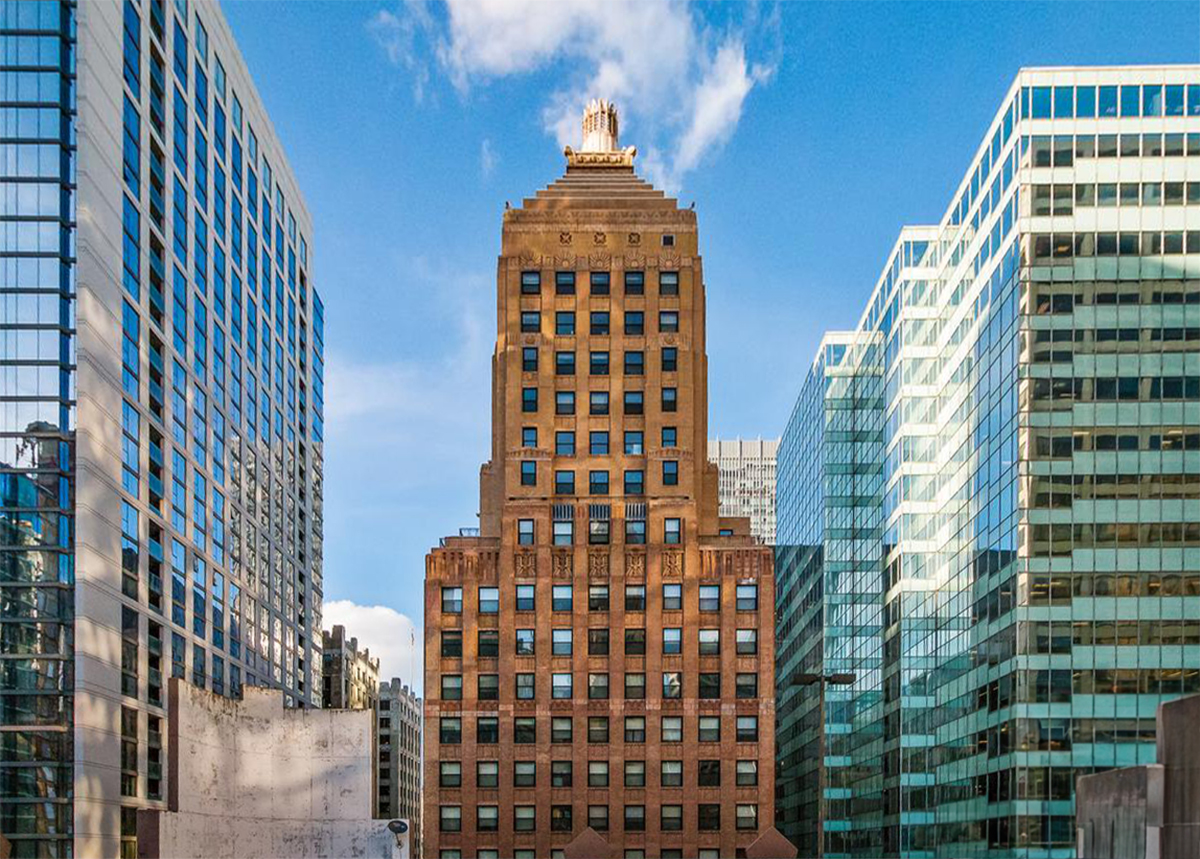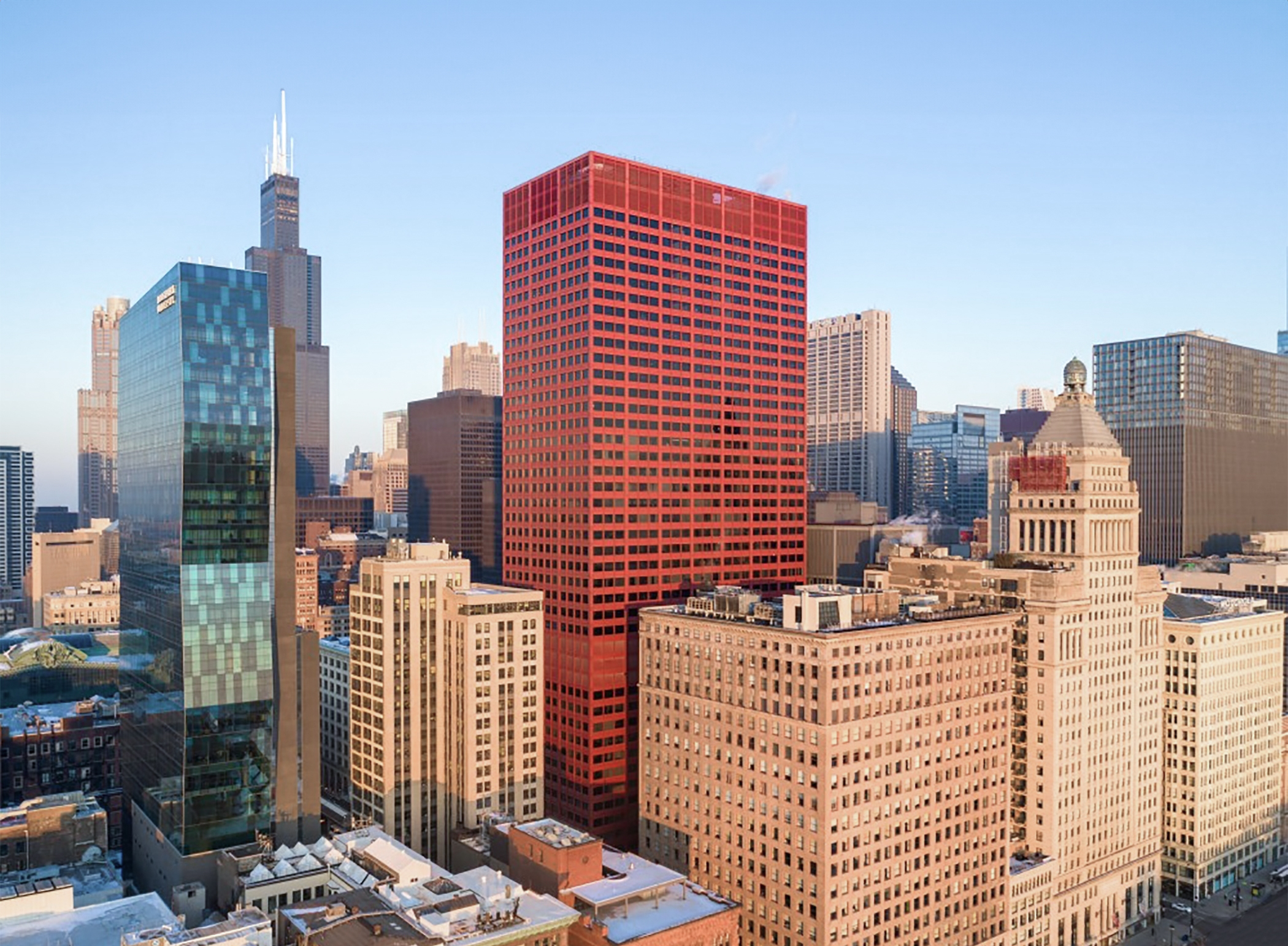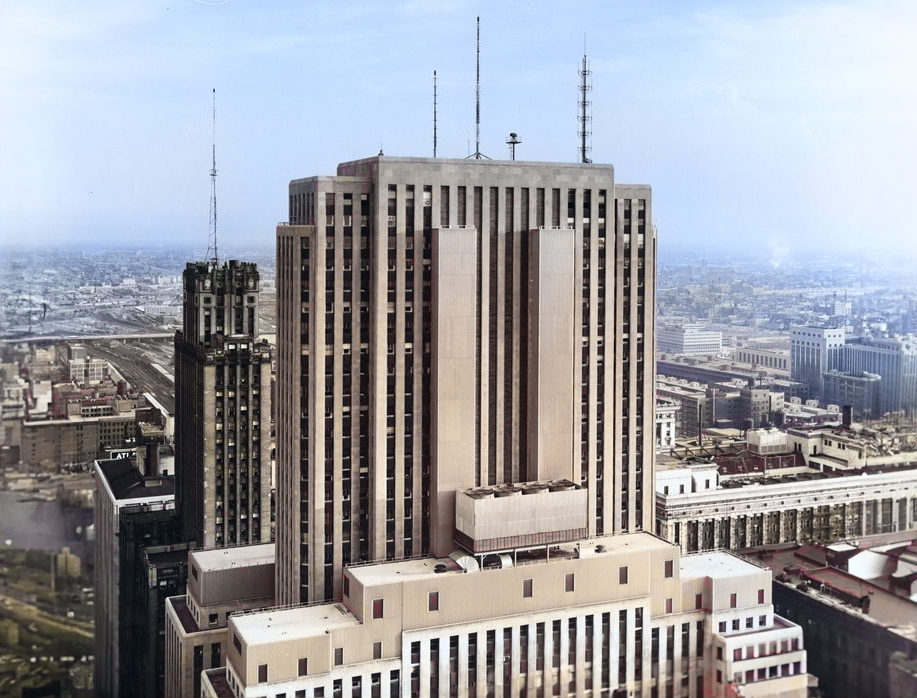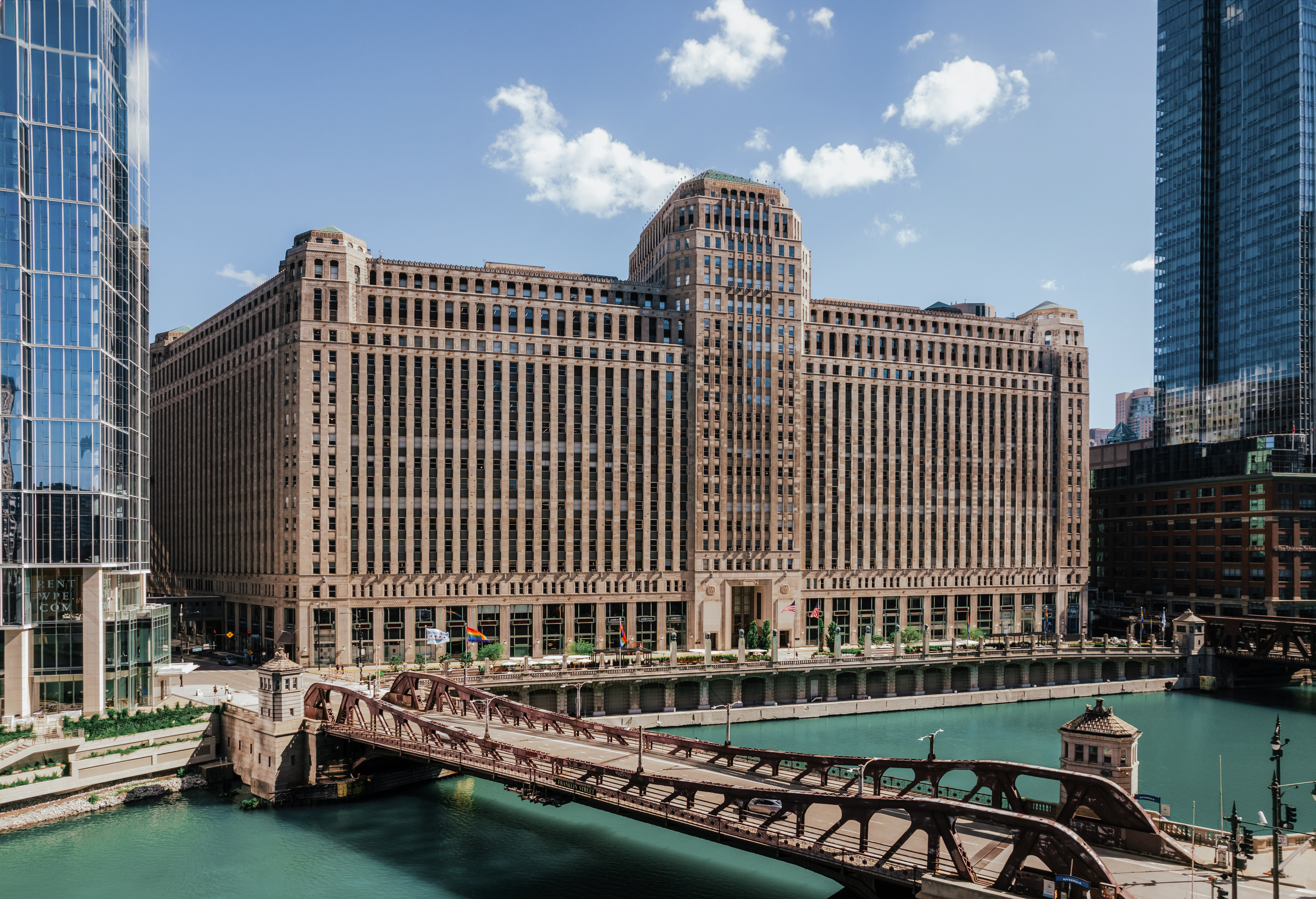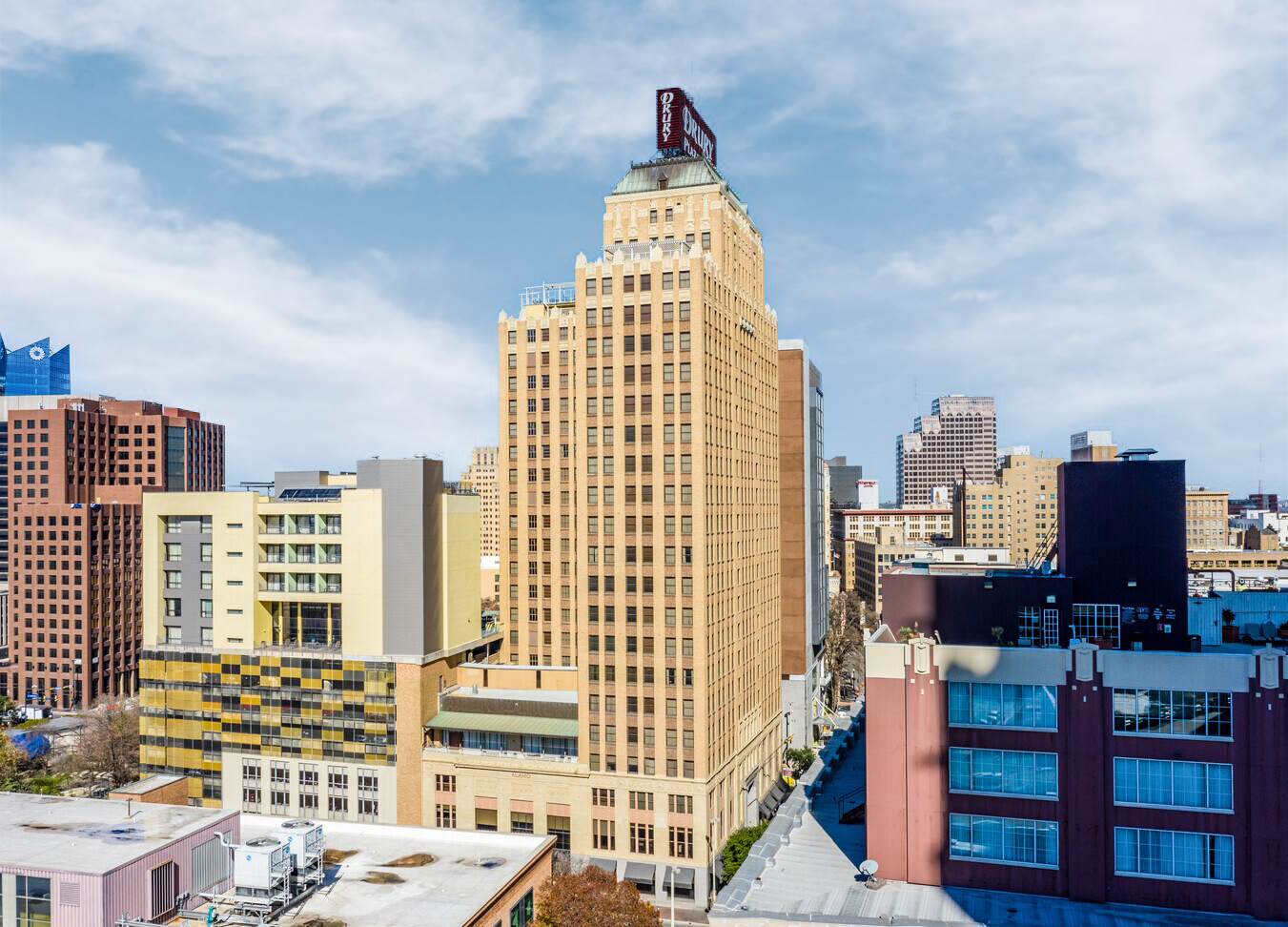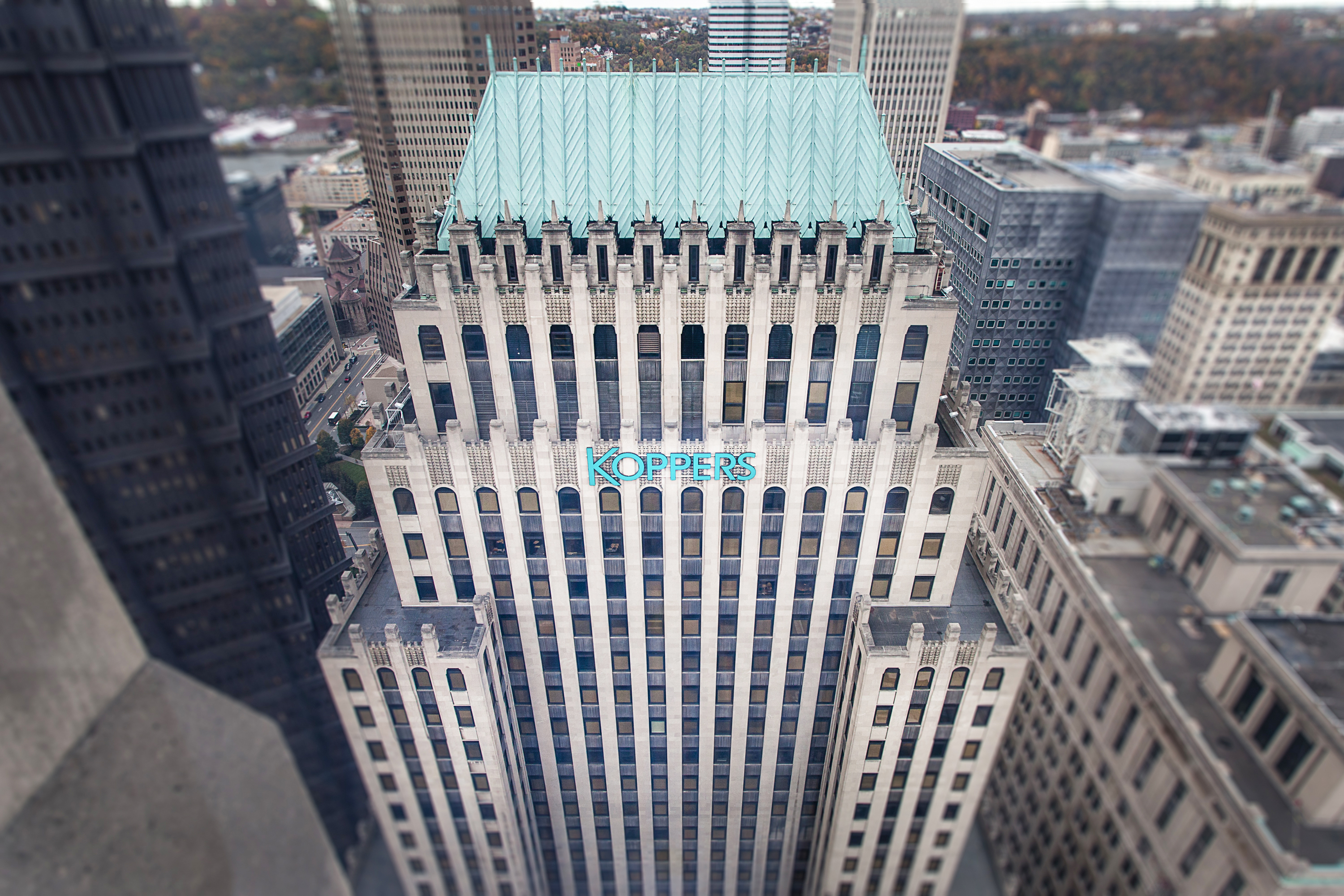The Civic Opera House is an Art-deco skyscraper designed by Graham, Anderson, Probst & White, and built between 1927 and 1929, for a reported $23.4 million dollars, in Chicago, IL.
Civic Opera House is not the only name you might know this building by though. It is common for companies to want to attach their names to iconic buildings when they move in, or for the general public to come up with nicknames, and this one is no exception. The Civic Opera House is also known, or has been known as, Civic Opera Building, or Kemper Insurance Group Building.
Its precise street address is 20 North Wacker Drive, Chicago, IL. You can also find it on the map here.
The Civic Opera House is a structure of significant importance both for the city of Chicago and the United States as a nation. The building embodies the distinctive characteristic features of the time in which it was built and the Art Deco style. Because of that, the Civic Opera House was officially declared as a national landmark on February 5th 1998.
The Civic Opera House has received multiple architecture awards for its architectural design since 1929. The following is a list of such prizes and awards:
- Citation of Merit in the Distinguished Building Award category by the AIA Chicago in 1997
- Crombie Taylor Award for Preservation and Restoration by the Illinois Chapter of the AIA in 2011
The building has been restored 2 times over the years to ensure its conservation and adaptation to the pass of time. The main restoration works happened in 1996 and 2013.
